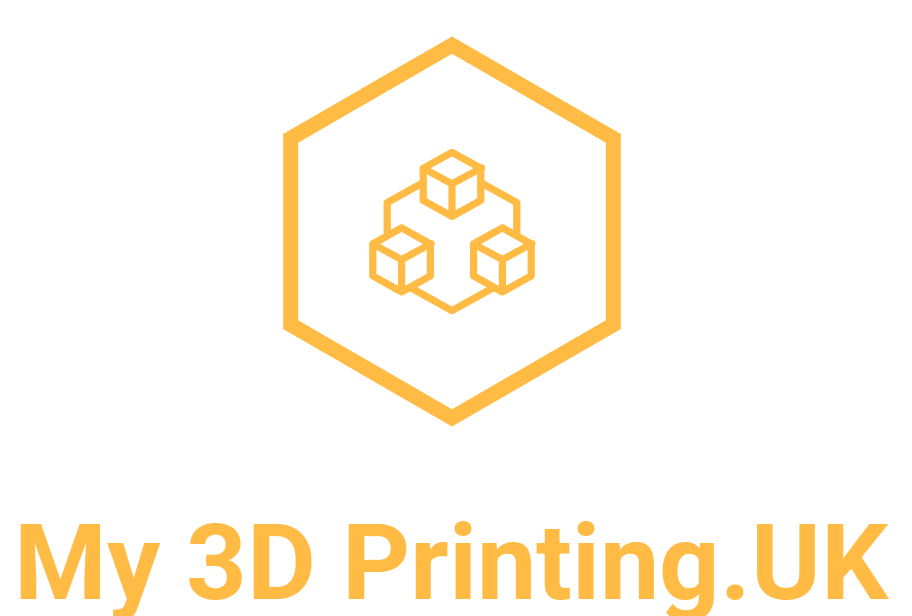Cura
I am going to be focussing on Cura on this page, as this is the software I primarily use. I find this the most user-friendly and intuitive slicer program. Another undeniable perk, is that it is free to use, which as a hobbyist is very important.
When I first downloaded and started to use Cura it was version 3.6. I am now using 5.3.1, which is not the most current version. It is quite common for people not to upgrade because they like some of the features and layout of the version they are using. These elements can often change in an update. People can become familiar with several aspects of the slicer such as the estimated time, and struggle if the reliability of this changes in the different version.
Cura Settings
The way I interact with Cura has adapted alongside my 3d printing. I have stuck with version 5.3.1, because I have set up profiles for each of my specific ongoing projects. This means the specific settings used for my project work, can be easily loaded in. When doing general printing, I use the standard 0.2 quality standard profile that Cura provides. The only settings I would consider changing are: bed temp (increase to 60 degrees) nozzle temp (increase to 210-215 degrees). In terms of Bed Adhesion, I always use a brim. TIP
You also have pre-set options for different materials such as: TPU, ABS, PTG and, nylon to use. Selecting an appropriate material setting is very important. By doing this Cura adjusts temperatures and other print settings according to your filament type. However, it is still good practice to check these prompted settings adhere to the guide on the side of the spool. For example, for PLA: 190- 220 if you stick in between that guide is a good rule of thumb.
